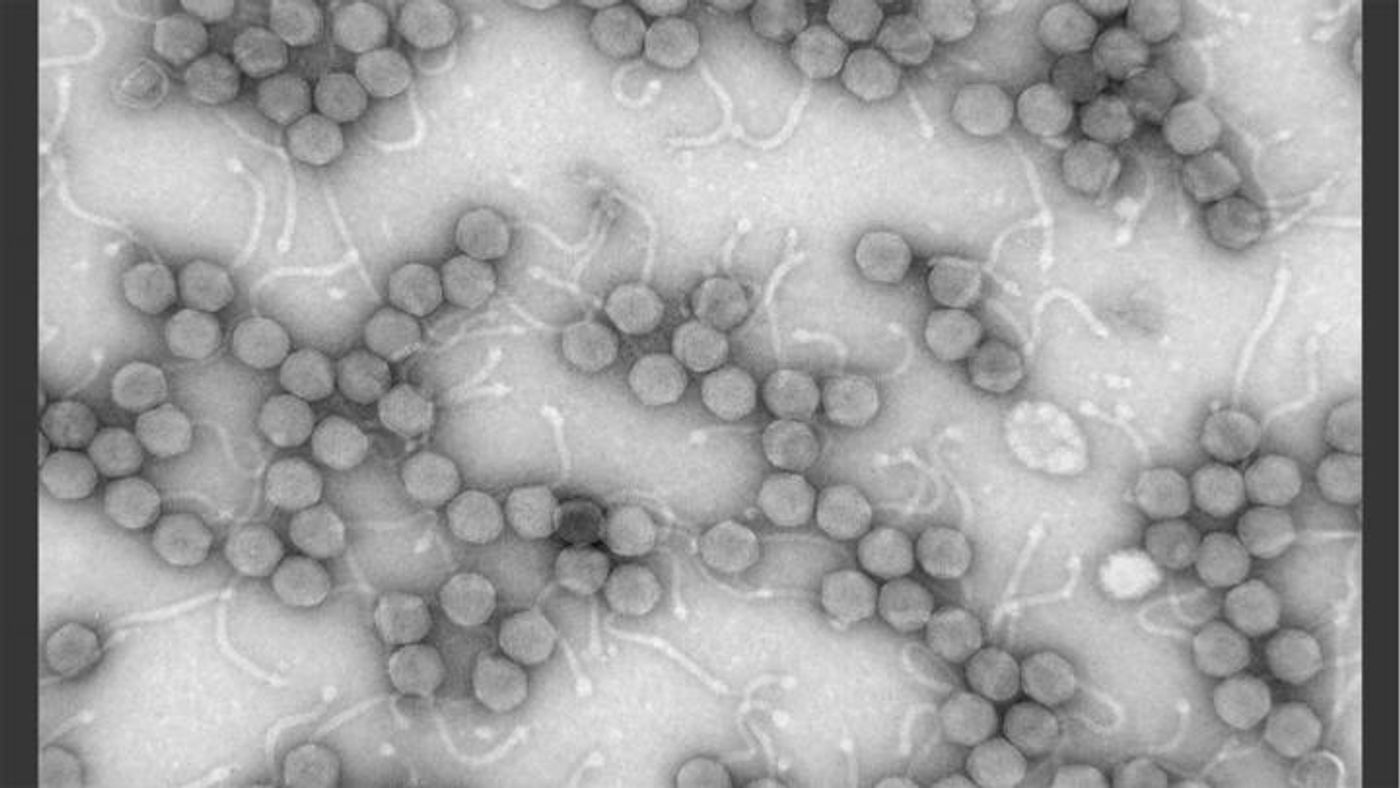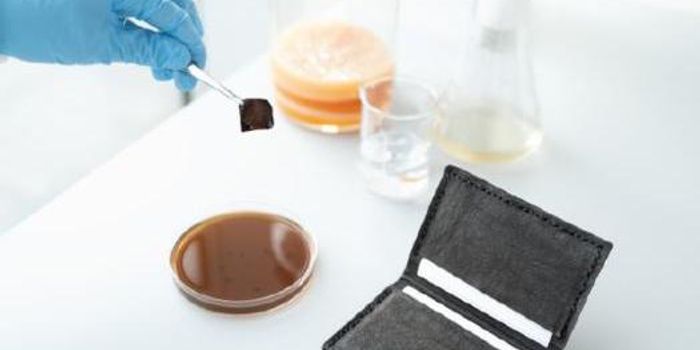Inflammatory bowel disease (IBD) describes a couple of conditions in which the digestive tract does not function properly due to chronic inflammation. The gastrointestinal tract has been the subject of a lot of recent research. We have learned a lot about the microbiome, the community of microbes that resides there, helping us digest food and exerting a significant impact on our health. Researchers have looked to the microbiome to see how it is connected to IBD. New work reported in Nature Microbiology by scientists at North Carolina State University, the University of Texas Southwestern Medical Center and the University of Colorado has shown that in a rodent model of IBD, there is a major disruption in the microbiome - but not the part you might be expecting. These scientists were looking at viruses.
"We wanted to see how virus and bacterial communities differ in disease and healthy conditions," said Manuel Kleiner, a microbiologist at NC State. Kleiner was interested in bacteriophages, viruses that infect and can kill bacteria. While the trillions of bacteria in the microbiome are a focus of research, bacteriophages actually outnumber them and, the investigators speculated, could be causing inflammation.
"Phage numbers are elevated at the intestinal mucosal surface and increase in abundance during inflammatory bowel disease, suggesting that phages play an unidentified role in IBD," said the lead author of the report, Breck Duerkop, assistant professor of immunology and microbiology at the University of Colorado School of Medicine.
Gut inflammation is a hallmark of IBD. In Crohn’s disease, the lining of the tract is inflamed, and deeper tissues can be affected. In ulcerative colitis, it's the inner lining of the colon and intestine that is chronically inflamed.
The investigators used metagenomics tools to assess the bacteriophages that were present in the intestines of healthy mice and mice with inflamed intestinal tracts. They were unsurprised to find that communities of phages were stable and remained roughly comparable over time. Bacterial strain changes often could be associated with phage changes. In the diseased mice, however, the viral microbiomes became increasingly different from those of both healthy and other diseased mice.
"Diseased mice showed individual divergent - seemingly random - increases in the abundance of some bacteriophages that are not associated with disease-causing bacteria. We speculate that inflammation or other mouse defenses may impact these bacteriophages," Kleiner said.
Inflammation, the authors suggested, changes the levels of phages when IBD is occurring. It may be that phages kill off beneficial bacteria, and leaves only harmful bacteria in its place.
After looking at existing reports on the patterns in humans, they found there were many patterns that overlapped with those seen in mice.
"This was unexpected, as mouse studies are frequently viewed as limited when looking for links to human health, but we could show that there are consistent patterns in the viral community in inflammation in both mice and humans," Kleiner said.
"What we see in mice is consistent with what we see in humans with IBD," Duerkop said.
This work could help develop therapeutics using probiotics or some other thing that manipulates bacteria levels. "We could promote the growth of good bacteria - a kind of phage therapy," Duerkop suggested. "We could perhaps use phages as markers to identify someone predisposed to developing these diseases. While there is clearly more research to do, the potential is very exciting."
Sources: AAAS/Eurekalert!, North Carolina State University, University of Colorado Anschutz Medical Campus, Mayo Clinic, Nature Microbiology

-
MAY 07, 2024Is It Anti-RNP or Anti-Sm/RNP?
- See More
-
APR 30, 2024Immuno-Oncology Virtual Event Series 2024
-
MAY 07, 20243rd International Biosecurity Virtual Symposium
-
MAY 23, 2024For the Love of Digital PCR 2024
- See More


















































